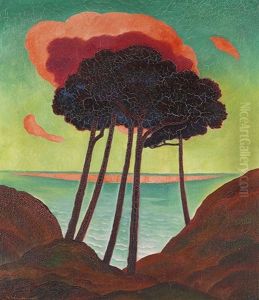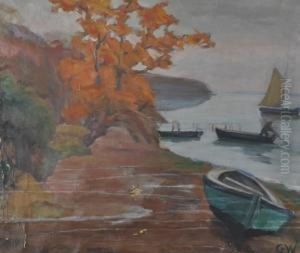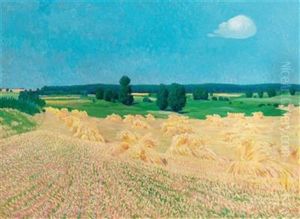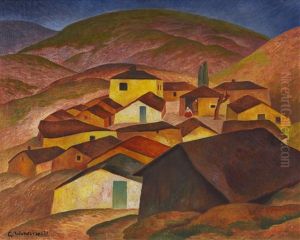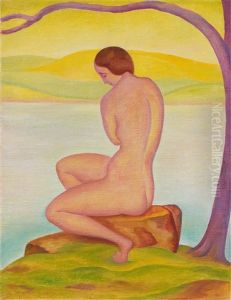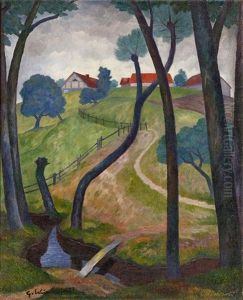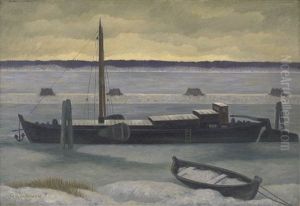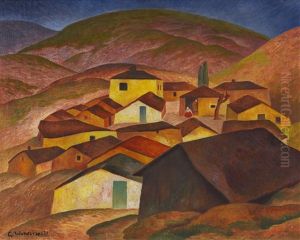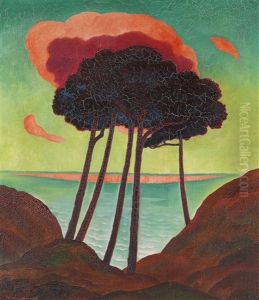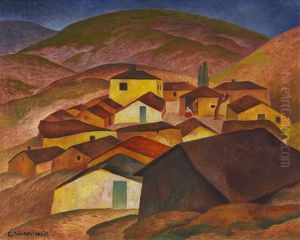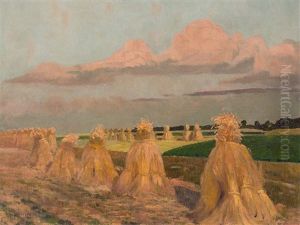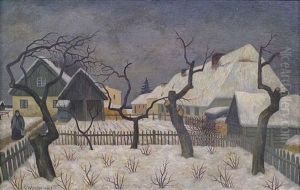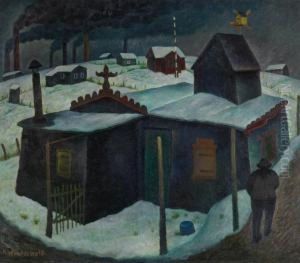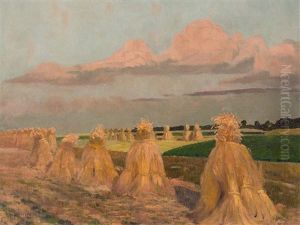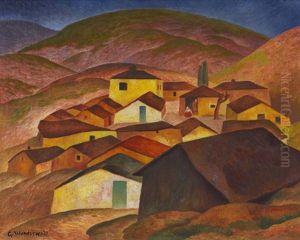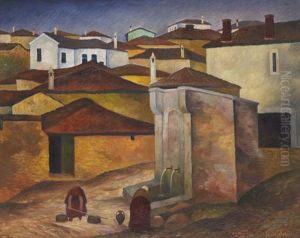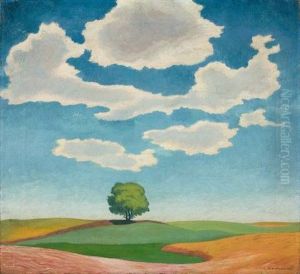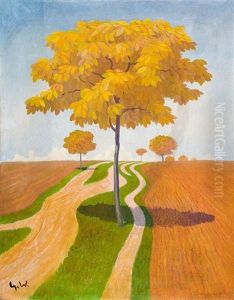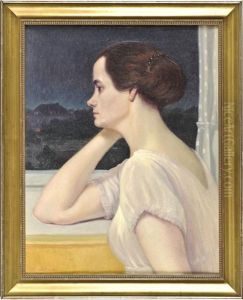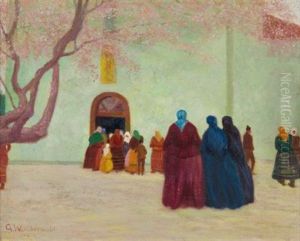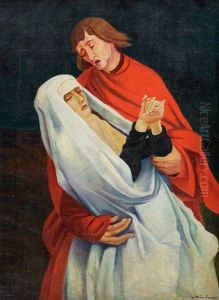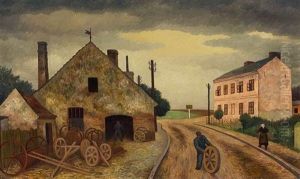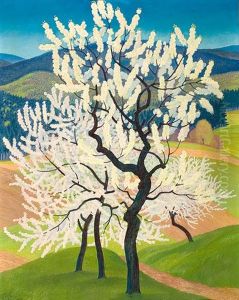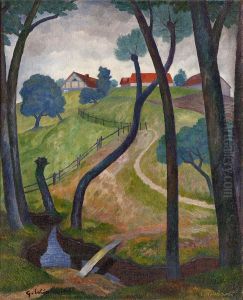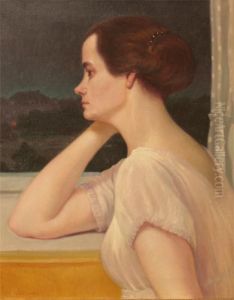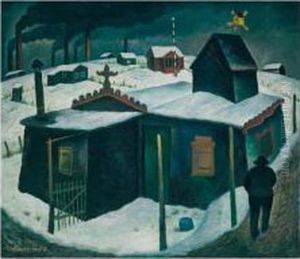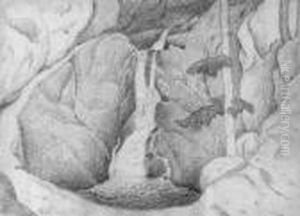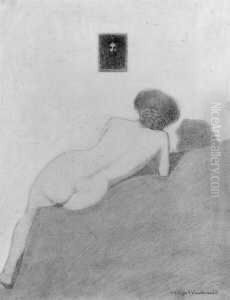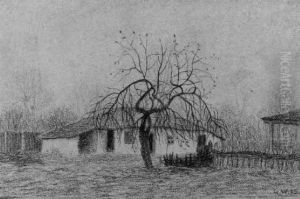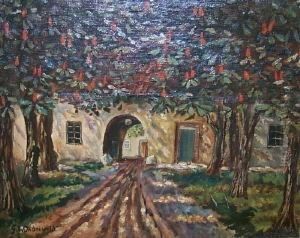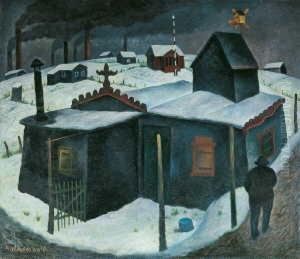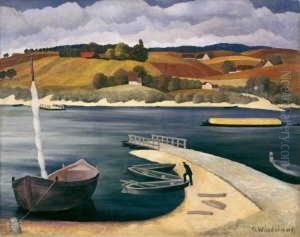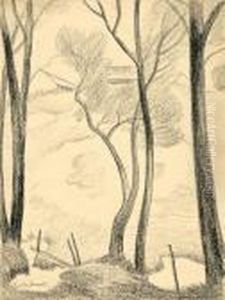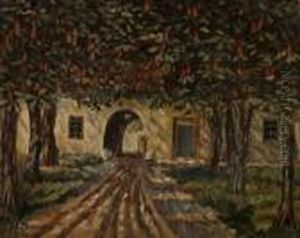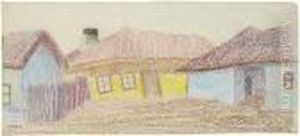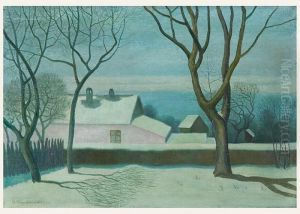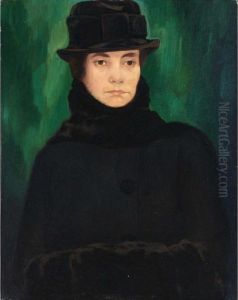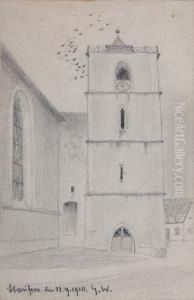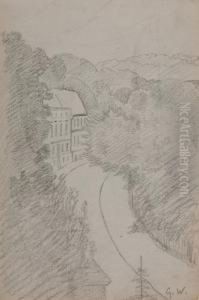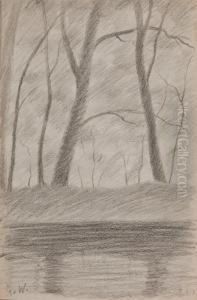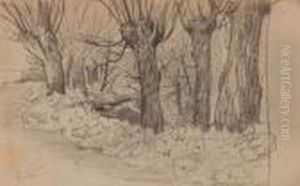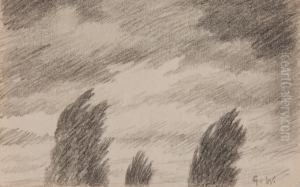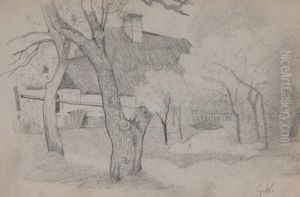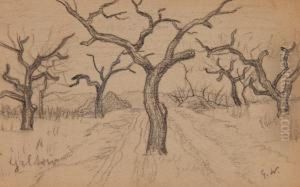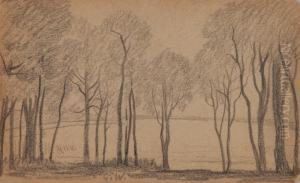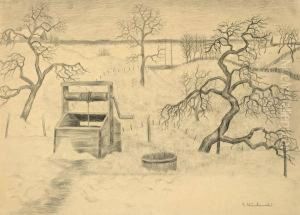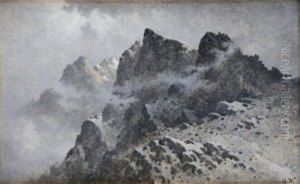Gustav Wunderwald Paintings
Gustav Wunderwald was a painter and set designer born on March 31, 1882, in Aachen, Germany. He is known for his depictions of Berlin's urban landscape during the Weimar Republic era. Wunderwald's work is characterized by its detailed and atmospheric portrayal of the cityscape, capturing the transformation and modernization of Berlin during the early 20th century.
Educated at the Academy of Fine Arts in Berlin, Wunderwald began his career as a theater painter. He worked extensively in the theater industry, creating stage designs for different productions. This experience with scenic painting influenced his technique and perspective in his later works as a fine artist.
In the 1920s, Wunderwald shifted his focus to painting and became fascinated with Berlin's architecture and streets. His paintings often featured the contrast between the old and new buildings, the bustling activity of the city, and the effects of light and weather on the urban environment. He captured the essence of Berlin during a time of significant social and political change, and his works serve as historical documents of the period.
Wunderwald was a contemporary of the New Objectivity movement, although he is not always directly associated with it. This movement aimed to depict the reality of the Weimar Republic without the embellishment or romanticism found in earlier German art. While Wunderwald shared the movement's fascination with the modern world, his work is often noted for its poetic and sometimes melancholic tone, which set him apart from his contemporaries.
Unfortunately, Wunderwald's career was disrupted by the rise of the Nazi regime. His style of painting did not conform to the Nazis' preferred aesthetic, which focused on classical and romanticized imagery. As a result, he faced restrictions in his work and struggled to gain recognition during this period.
Gustav Wunderwald's legacy is that of a keen observer of urban transformation, a chronicler of the interwar period in Germany, and an artist who managed to convey the atmosphere of a city through his detailed and evocative paintings. He passed away on April 25, 1945, in Berlin, just days before the end of World War II. His works are now appreciated for their historical value and their unique portrayal of Berlin's urban landscape.
